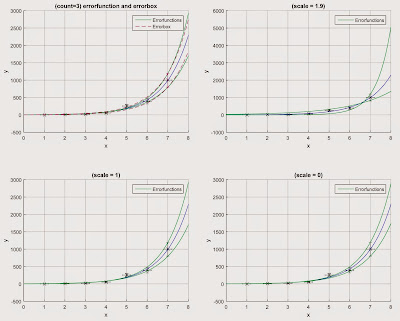Theremin: The electric musical instrument

General: ( German ) A Theremin is an electric musical instrument, which is regulated by two resonant circuits. One resonant circuit is connected to an antenna. Through changing the distance between you and the antenna you change the frequency of the resonant circuit. At least you can hear the difference between both circuits. Composition: You need these components and the following circuit: OPV TL071 x2 LM386 x1 Capacitors: 100 nF x2 220 nF x2 47 pF x2 47 nF x1 100 pF x1 10 nF x1 Elko 220 u x3 Resistors: 100 k x4 22 k x4 47 k x2 10 x1 Potientiometer 100k x1 10k x2 Others: Diode 1N4007 1 BAT42 2 Antenna Speaker To supply the Theremin with electricity ja can use two 9V-batteries in series. With power supplies you have to be careful because they have to be grounded with this plug . Left you see my composition at the stickboard additional with on-off-plug and speaker connection. Important is to use short wires to reduce the disturbance of the reso...





